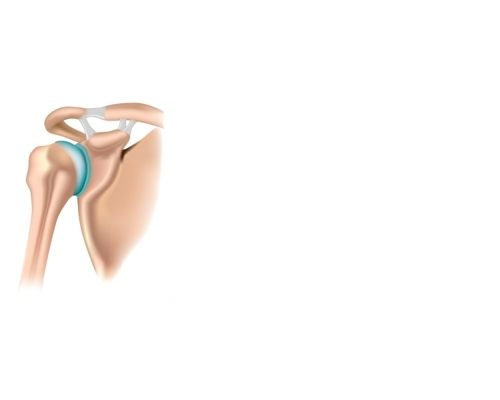Classification of joints
I can identify and describe the features of a synovial joint and explain how they prevent injury.
Classification of joints
I can identify and describe the features of a synovial joint and explain how they prevent injury.
These resources will be removed by end of Summer Term 2025.
Switch to our new teaching resources now - designed by teachers and leading subject experts, and tested in classrooms.
These resources were created for remote use during the pandemic and are not designed for classroom teaching.
Lesson details
Key learning points
- Each feature of a synovial joint has a different function.
- The cartilage and synovial fluid allow a joint to move freely.
- The joint capsule and ligaments help prevent dislocation.
- Hinge and ball and socket joints allow different types of movement.
- The neck is a pivot joint and the wrist is a condyoid joint.
Keywords
Synovial joint - an area where two or more bones meet within a joint capsule and allow a wide range of movement to occur
Synovial fluid - fluid secreted by the synovial membrane which lubricates the joint
Cartilage - a tough, elastic, fibrous connective tissue that covers the ends of bones to prevent wear and tear
Ligaments - a short band of tough and flexible tissue connecting bone to bone to stabilise the joint
Tendons - a tough yet flexible band of fibrous tissue which joins muscle to bone
Common misconception
There can be confusion between the role of ligaments and tendons.
Ligaments connect bone to bone to stabilise a joint whereas tendons attach muscle to bone to enable movement.
To help you plan your year 10 physical education lesson on: Classification of joints, download all teaching resources for free and adapt to suit your pupils' needs...
To help you plan your year 10 physical education lesson on: Classification of joints, download all teaching resources for free and adapt to suit your pupils' needs.
The starter quiz will activate and check your pupils' prior knowledge, with versions available both with and without answers in PDF format.
We use learning cycles to break down learning into key concepts or ideas linked to the learning outcome. Each learning cycle features explanations with checks for understanding and practice tasks with feedback. All of this is found in our slide decks, ready for you to download and edit. The practice tasks are also available as printable worksheets and some lessons have additional materials with extra material you might need for teaching the lesson.
The assessment exit quiz will test your pupils' understanding of the key learning points.
Our video is a tool for planning, showing how other teachers might teach the lesson, offering helpful tips, modelled explanations and inspiration for your own delivery in the classroom. Plus, you can set it as homework or revision for pupils and keep their learning on track by sharing an online pupil version of this lesson.
Explore more key stage 4 physical education lessons from the Anatomy and physiology: the musculoskeletal system unit, dive into the full secondary physical education curriculum, or learn more about lesson planning.

Equipment
Licence
Starter quiz
6 Questions
providing a rigid shell around vital organs
connecting to muscles enabling leverage at joints
creating blood cells within the bone marrow
Exit quiz
6 Questions

secretes synovial fluid
attaches bone to bone
encloses and supports the joint


